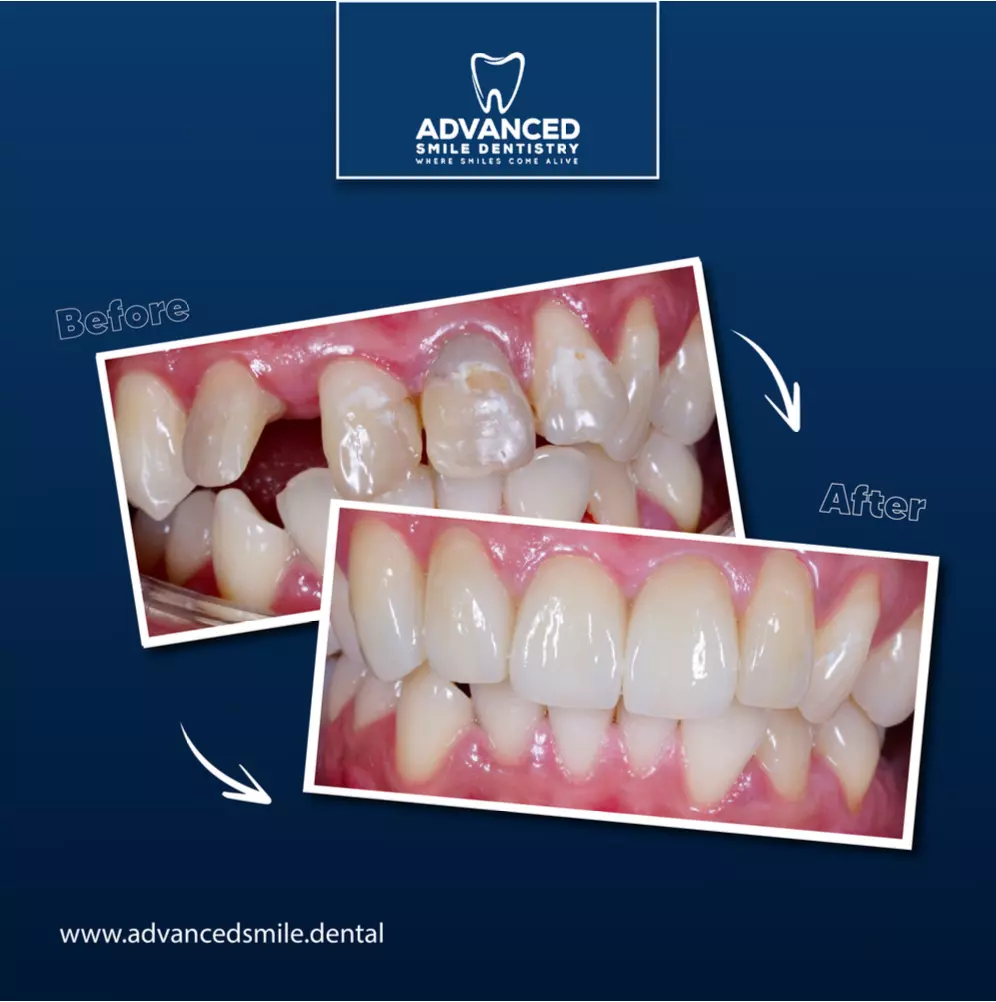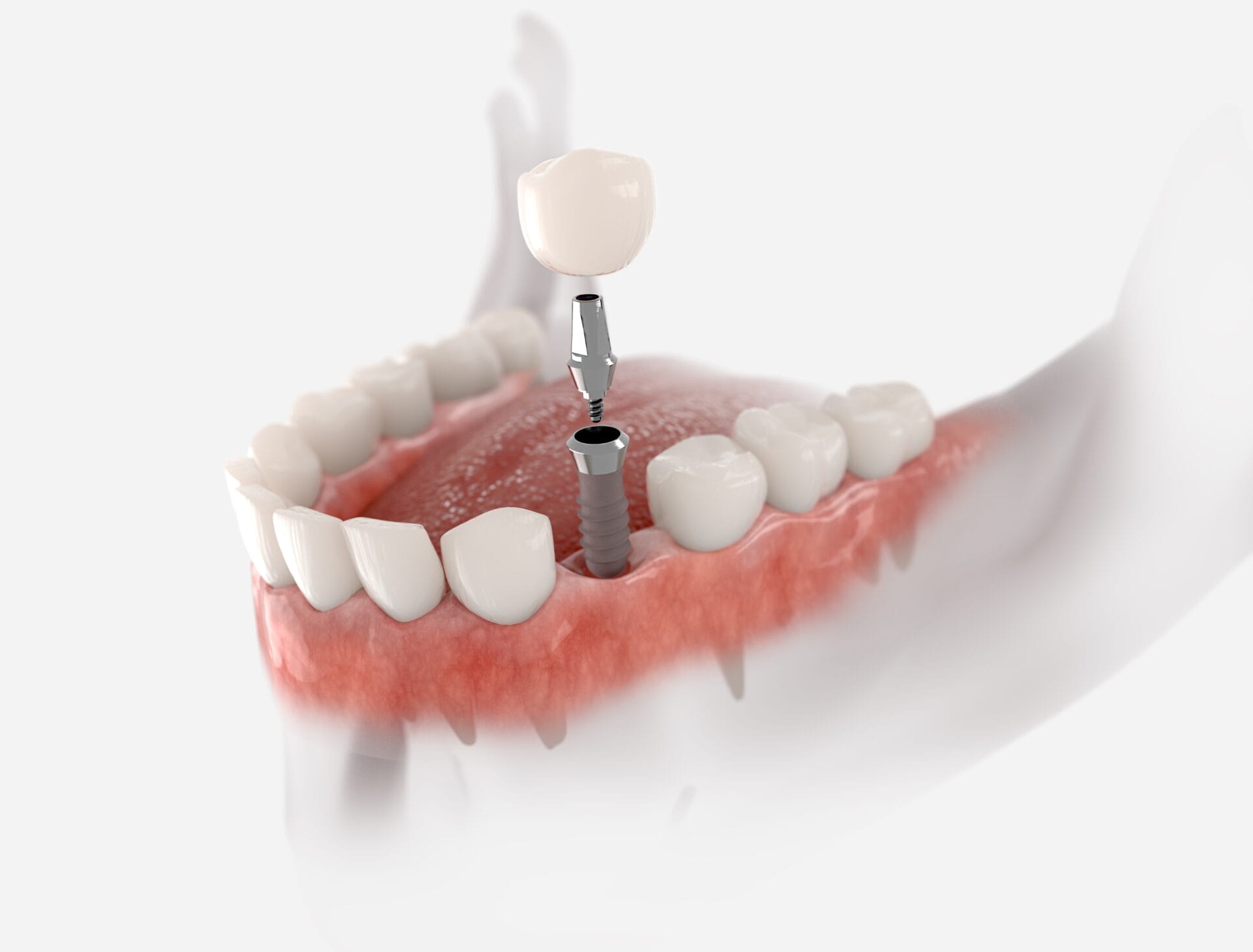Experience the most up to date Innovations in Dental Implants Innovation
As the field of dental care proceeds to progress, the advancements in dental implant innovation have been nothing short of amazing. The combination of technology is reinventing the capability of oral implants, guaranteeing improved outcomes and patient fulfillment.
Advanced Materials for Enhanced Toughness
In the realm of oral implants technology, the integration of innovative materials has substantially contributed to enhancing sturdiness and longevity of these vital dental prosthetics. The application of materials such as titanium alloys, zirconia, and ceramic substances has actually transformed the field by providing boosted stamina, biocompatibility, and resistance to deterioration.
Titanium alloys are widely utilized in dental implants as a result of their exceptional strength-to-weight ratio, corrosion resistance, and compatibility with the body. These alloys guarantee the stability and durability of the dental implant by holding up against the forces applied during chewing and talking, supplying a reputable remedy for people looking for durable tooth replacements.
Zirconia, a kind of ceramic material, has actually gotten popularity for its biocompatibility and natural tooth-like look. Its high toughness and resistance to wear make it an appropriate choice for oral crowns and bridges, boosting the overall visual appeals and performance of the dental implant.

Digital Imaging for Accurate Positioning
The advancement of dental implants modern technology has further progressed with the combination of electronic imaging strategies, ensuring specific placement of these prosthetics for optimum useful and aesthetic outcomes. Digital imaging plays an important duty in the preparation and positioning of dental implants by supplying thorough 3D photos of the client's jawbone structure. This innovation allows dentists to assess bone thickness, find essential frameworks, and prepare the exact setting and angle for dental implant positioning with unequaled accuracy.
By making use of digital imaging, dentists can create virtual surgical overviews that act as a roadmap during the dental implant placement treatment. These guides are customized for each and every client, considering their unique anatomy and the preferred outcome. This level of precision not just boosts the success rate of oral implant treatments however likewise minimizes the risk of issues.
Moreover, electronic imaging enables dentists to imagine the last prosthetic restoration before the real positioning of implants, permitting careful planning and making certain that the result fulfills the patient's aesthetic expectations. Overall, the combination of digital imaging technology has changed the area of dental implants, offering patients a more foreseeable, efficient, and patient-specific therapy approach.

Minimally Invasive Surgical Methods


Improvements in surgical techniques have actually resulted in the growth of minimally intrusive strategies in the field of dental implantology. These strategies intend to reduce trauma to the client, shorten recovery times, and enhance total treatment end results. Minimally intrusive operations involve smaller lacerations, specialized tools, and advanced imaging technologies to specifically put dental implants with minimal interruption to surrounding tissues.
One secret element of minimally intrusive techniques is making use of led surgical procedure, where 3D imaging and computer-aided design software application are used to intend the dental implant positioning with excellent precision. This permits a much more foreseeable result and can usually get rid of the demand for extensive flap surgery.
In addition, improvements in materials and read the full info here implant layout have likewise contributed to the success of minimally invasive techniques. Implants with improved surface properties advertise faster osseointegration, lowering the healing time required prior to the prosthetic remediation can be put.
3D Printing for Custom-made Solutions
Using 3D printing innovation in dental implantology permits for the production of highly customized remedies customized to individual patient demands and physiological variants. This advanced technology makes it possible for oral specialists to develop and fabricate oral implants with phenomenal precision and precision. By using digital imaging methods, such as cone light beam computed tomography (CBCT), in-depth 3D versions of the individual's oral tooth cavity can be produced to assist the dental implant intending process.
One of the key advantages of 3D printing in dental implantology is the capability to produce patient-specific implants that perfectly fit the distinct anatomy of each person. This customized strategy helps enhance the total success and durability of the implant by making certain optimal fit and positioning. Additionally, 3D printing permits the manufacturing of complex geometries and detailed structures that would certainly be impossible or tough to achieve making use of traditional manufacturing approaches.
Additionally, 3D printing modern technology allows dentists to enhance the implantation procedure, decreasing surgery time and improving look at this website overall client experience. With its capability to create customized solutions quickly and effectively, 3D printing is reinventing the field of oral implantology, offering patients cutting-edge therapy alternatives and boosted end results.
Integrated Technology for Improved Capability
Applying cutting-edge innovation in dental implantology boosts capability and precision, raising the requirement of look after clients going through implant procedures. Integrated innovation plays a critical duty in boosting the overall success and resilience of dental implants. One vital improvement is the integration of digital scanning and imaging innovations, such as cone-beam computed tomography (CBCT) and intraoral scanners. These devices enable thorough 3D imaging of the client's dental frameworks, assisting in specific therapy planning and dental implant placement.
In addition, the assimilation of computer-aided layout and computer-aided manufacturing (CAD/CAM) modern technology allows the development of personalized dental implant reconstructions with exceptional accuracy. CAD/CAM systems use digital impacts to develop prosthetics that perfectly fit the individual's special anatomy, guaranteeing optimal comfort and functionality. Additionally, the usage of robotic-assisted surgical procedure in dental implant positioning enhances precision and minimizes the risk of read this post here human mistake.
Verdict
Finally, the current innovations in dental implants innovation deal improved toughness through advanced materials, exact positioning with electronic imaging, minimally invasive medical methods, tailored services with 3D printing, and improved functionality with integrated technology - Dental implants Kent. These developments in dental implants technology are reinventing the field and providing patients with more reliable and reliable therapy alternatives for recovering their smiles and oral wellness
The combination of modern technology is transforming the capability of dental implants, promising boosted outcomes and client fulfillment.
The evolution of dental implants modern technology has actually better progressed with the integration of digital imaging techniques, guaranteeing exact positioning of these prosthetics for optimum functional and visual end results. Minimally intrusive medical procedures involve smaller sized cuts, specialized instruments, and progressed imaging innovations to specifically position oral implants with marginal interruption to surrounding cells.
Executing innovative technology in oral implantology boosts capability and precision, elevating the requirement of treatment for people going through dental implant treatments. Dental implants Kent. Integrated innovation plays an essential function in improving the general success and toughness of dental implants